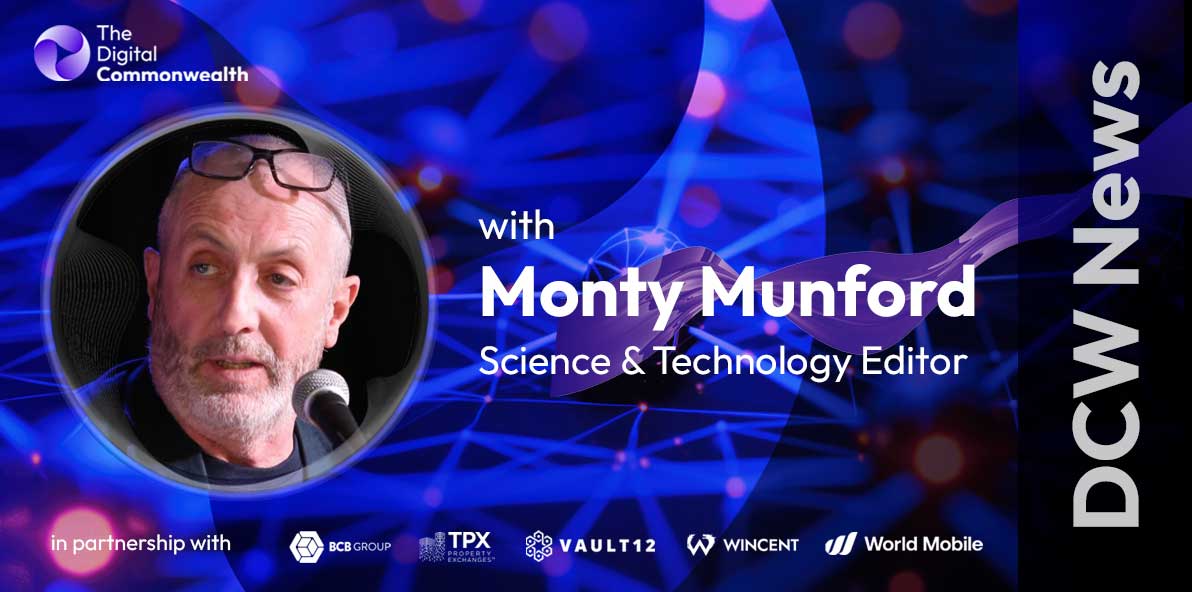
The past year has seen an acceleration in interest around what many call the agentic internet — a new operational layer of the web where autonomous AI agents interact, transact, and collaborate much like human participants.
Across distributed systems and machine-learning communities, this shift is emerging as a blueprint for rebuilding digital intelligence on infrastructure that is open, sovereign and cryptographically verifiable.
As AI gains decision authority across finance, mobility, healthcare and industrial systems, trust requirements are shifting from organisational assurances to protocol-level guarantees. Verifiability, not persuasion, becomes the source of credibility. The same decentralisation that secured digital money may now be required to secure machine intelligence.
Positioning for scale requires a dual focus on distributed systems and enterprise-ready infrastructure. Upcoming capabilities, including advanced edge execution and AVS staking via EigenLayer, extend verifiable inference to the furthest edges of the network.
This transition depends on bringing intelligence closer to the physical world. Decentralised company Gaia is demonstrating how verifiable AI can operate not just in cloud environments, but embedded into real-world systems.
For example, its integration with Generosity™, a company developing hydration intelligence infrastructure that enables continuous measurement of water quality and personalised wellness analytics through a distributed network of sensors and smart refill stations.
It is a practical example of how machine reasoning can enhance critical physical resources. It also has some very notable backers including Justin Bieber and Kevin Durant.
From Clouds to Agents
Most AI today still executes inside centralised cloud environments, where value and data ownership concentrate among a handful of platform providers.
Even open networks such as Bittensor and Ritual have yet to fully decentralize inference and trust assurance at scale. What is missing is a foundation that guarantees the authenticity of machine actions.
Gaia approaches the problem differently by treating AI as a network of verifiable agents rather than closed monolithic models. Any user can deploy agents operating privately by default, with outputs validated through its Active Validation Service (AVS).
This enables a compute fabric where users control their data and capture the value generated by their agents.
This model matters most when AI influences physical outcomes. Generosity’s sensor-rich hydration ecosystem provides a clear reference case: every data point, from water purity to consumption behaviour, remains user-owned and cryptographically provable. Intelligence is not simply computed… it is accountable.
The Agentic Internet Arrives
If Web 2.0 was driven by social graphs and Web3 by token graphs, the coming era will be shaped by agent graphs: distributed machine actors with wallets, policy logic, negotiation protocols, and autonomy. Forecasts suggest that by 2028, there will be more AI agents online than active human internet users.
For these systems to operate safely and at scale, two primitives are required: sovereign execution and verifiable computation. Gaia has engineered both.
Its infrastructure converges Nodes, Domains and Edge OSS to support AI workloads running closest to the relevant datasets on servers, personal devices or edge environments.
Above this sits a suite of applications, including Gaia Studio and the Gaia AI Phone — the latter operating a 7B-parameter model entirely on device, effectively turning consumer hardware into a functional node with economic incentives for participation.
Real-world deployment is already extending to societal infrastructure. Generosity’s Safe Water Hubs — solar-powered, community-level access points pair trusted hardware with Gaia’s verification layer to provide measurable improvements in water safety. These deployments illustrate how intelligent agents can deliver traceable human-impact outcomes, not just digital automation.
Proof Over Promises
In a sector dominated by roadmaps and whitepapers, Gaia’s operational metrics stand out: more than 700,000 active nodes and 27 trillion validated inferences processed. The network remains open-source and auditable, in direct contrast to traditional AI providers who protect models and data behind proprietary boundaries.
Even among decentralized AI platforms, economic decentralization often outpaces inference transparency. Gaia’s design ensures every agent action leaves a cryptographic audit trail — a ‘ledger of reasoning’ for regulated and high-integrity domains.
A marketplace that enables contributors of hardware, models and domain expertise to retain ownership and earn on agent utilization is essential. This aligns closer to DeFi and open-source incentives rather than Web2-style licensing. With initiatives such as Oasis Launchpad and the AgentFi Accelerator, agent activity can be directly tied to verifiable revenue streams rather than speculation.
The Road Ahead
In 2025, the intersection of AI and distributed architecture is still often framed as speculative. Yet inference costs continue to fall, open-source models are advancing rapidly and standards for transparency are becoming a prerequisite in governance and regulation.
The path toward an autonomous web is no longer theoretical, it is operational. The agentic internet will not be built by a single platform, but it will require infrastructure everyone can verify.
If the next decade of AI is about returning control to users and embedding intelligence into the real world, companies that positioning themselves as the operating foundation for that shift will win the future.













